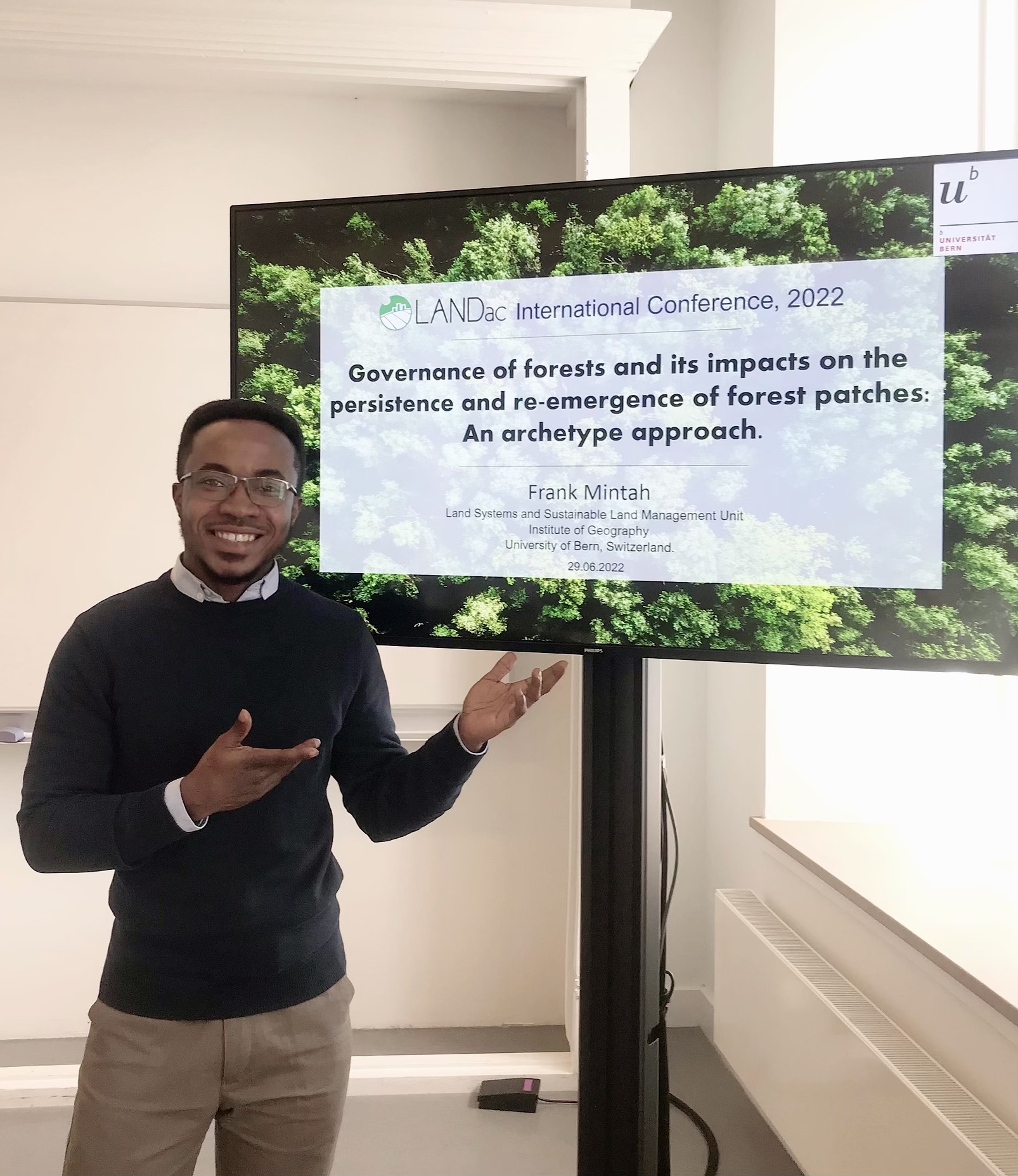Studies in forestry have predominantly focused on the degradation of forests, with significant policy attention across the global and national levels. Despite reported increases in deforestation in tropical forests (Wimberly et al. 2022) , there is scattered evidence of forest resurgence around the world (Chazdon et al. 2020) . Yet, there are limited empirical studies to explain the governance factors influencing such forms of transition. This is particularly important for forest patches which are inextricably linked to the livelihoods of forest-dependent communities, albeit remain unprotected by state legal frameworks. Identifying and synthesizing the types of governance arrangements that cause forest persistence and re-emergence will inform global and national efforts in combating
deforestation, contribute to the sustainable management of forests, and improve the livelihoods of people. Against this background, this research sought to answer the following questions: What recurrent typologies of governance arrangements influence forest persistence, and re-emergence in tropical forest regions? What are the impact pathways associated with the governance arrangements? What sustainability outcomes emerge from such forest governance practice?
This study adopted a systematic literature review (SLR) process based on the guidelines provided by the Collaboration for Environmental Evidence (CEE) ( Xiao and Watson, 2019) . It covered literature that was indexed in the databases: Google Scholar, Web of Science, Scopus, and ScienceDirect. Preliminary findings (from 17 cases reviewed) suggest two major forms of governance which influence forest persistence and re-emergence: community self-organized governance and collaborative governance arrangements. These forms of governance organize various governance functions – collective action, conflict resolution, benefit-sharing regulations, monitoring, and enforcement – to achieve sustainability outcomes. Socio-cultural norms and cultural revitalization, forest commercialization or markets, official recognition and agreements were important impact pathways for forest persistence and re-emergence. A model-centered meta-analysis (Oberlack et al.2016) will be applied in the next stage of the SLR to model patterns of governance types, impact pathways and outcomes after full text reading and coding of all retrieved articles.




